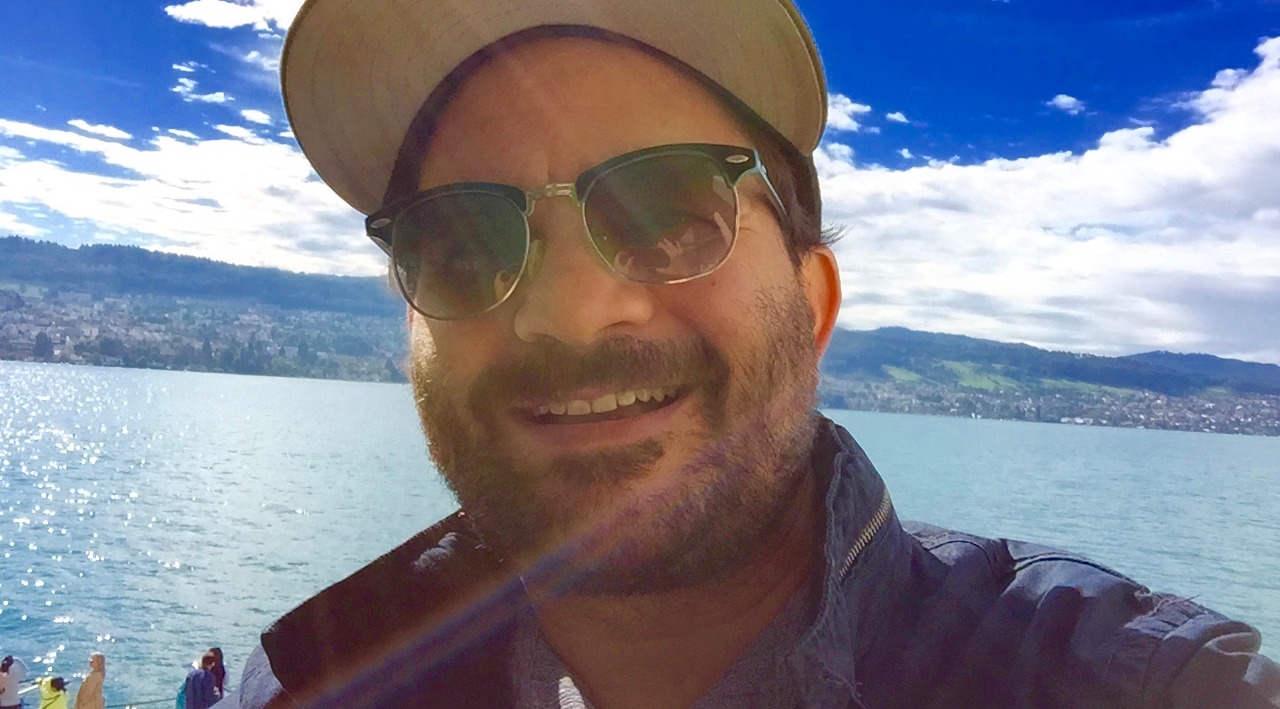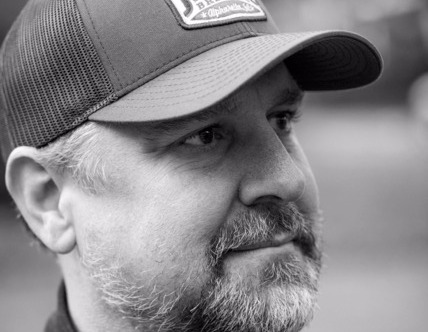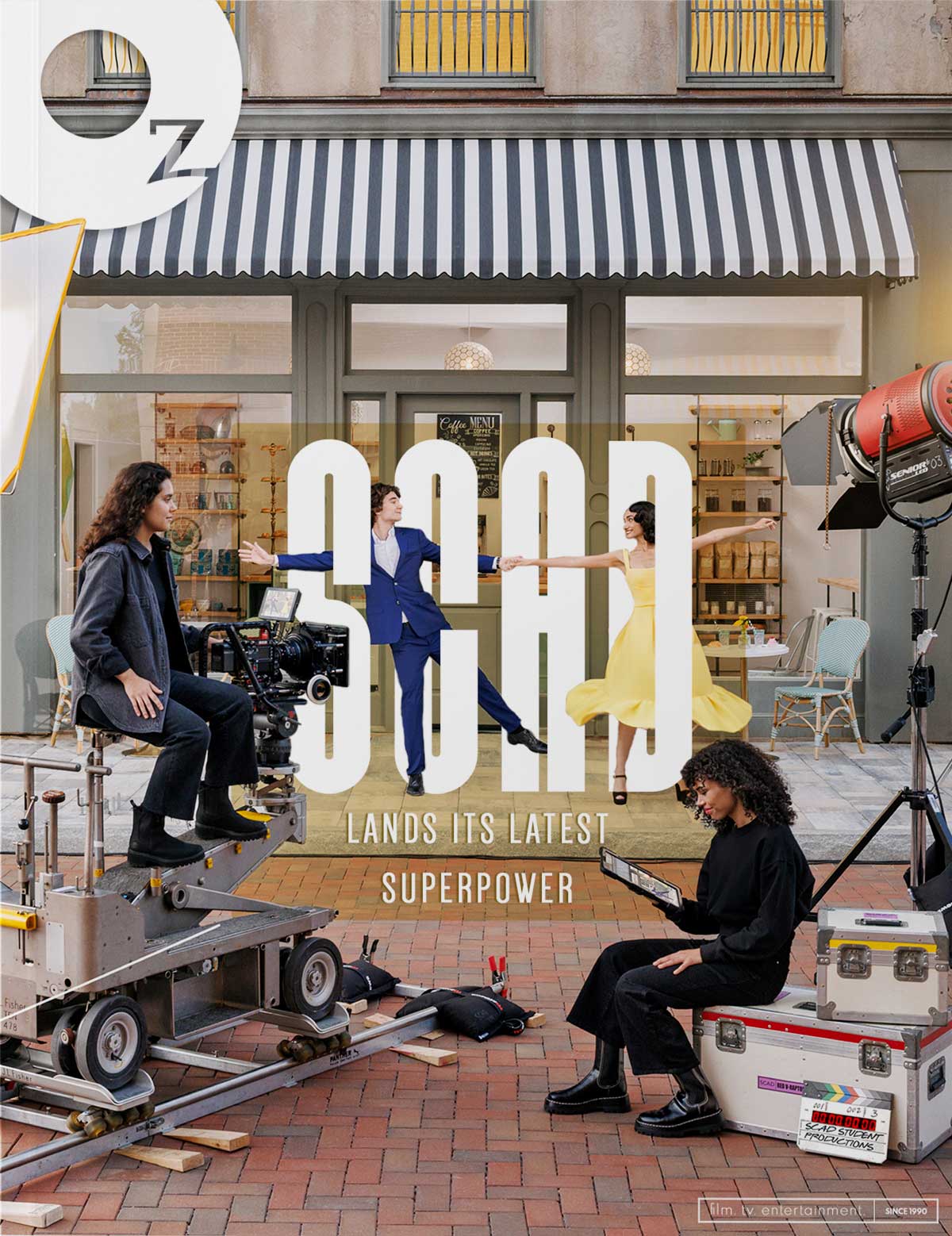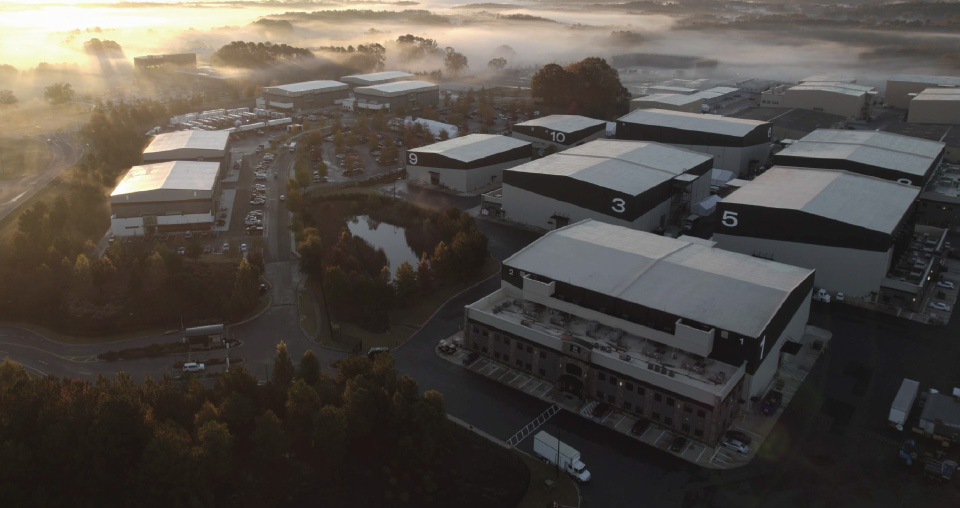Location scouts don’t just get in their car and drive around anymore. “I used to carry a bunch of maps with me,” says Tony Holley, a Georgia native who has been doing the job locally for years. “Big map books, various city maps. I don’t do that anymore. The internet has been a huge windfall for all that.”

Holley is now also a location manager, his most recent credits being the Netflix series Stranger Things and Ang Lee’s upcoming film Billy Lynn’s Long Halftime Walk. Since his start in the field things have gotten easier thanks to online tools like Google Earth. “But getting past the research part of it,” he adds, “you do get in a car and go knock on doors.”
For a freelancer like Holley, the first step in a Hollywood project is scouting on spec. He receives either a screenplay or a list of locations and tries to find what a production is looking for and sell them on shooting here. Sometimes, as in the case of HBO’s The Leftovers, they pass and shoot in Texas instead. Other times, as in the case of Billy Lynn, Georgia can only accommodate part of the picture.
“It was never on Lee’s mind to try and do Iraq here in Georgia,” Holley says of the decision to film war scenes in Morocco. “That was always another country. But the show Constantine, when they shot their first season here, they did a scene that was in Darfur and shot that in Georgia. You can make it work.”
Studios primarily look at the state to save money through tax incentives, though there’s no denying Georgia’s appeal for its topographical diversity, which can look like a lot of other places. “We have all four seasons that are fairly distinct, and we have a wide range of geography from plains to mountains to farmland to cities to small towns and most everything in between.” Holley says. “That helps.”
Holley has turned away business if he believes it just can’t be done, such as a request for a 1950s Los Angeles setting. But another thing that has helped with location shooting in recent years is digital effects that can transform, say, Peachtree Street into Manhattan’s Fifth Avenue. “It’s an easier workaround compared to what it was ten or 20 years ago,” Holley adds.

Tony Holley on location
“‘How about this? No? Okay, back in the van.’ ‘How about this? No? Okay, here we go.’”
Ryan Schaetzle, a location manager and scout who has been based in Atlanta for about ten years, confesses the job takes more time than it seems. “If you figure there are 30 locations on a movie,” he explains, “I’m showing hundreds of places in person to the director, the producer, the designer, the gaffer, the key grip—everybody needs to see every place we’re going to film. It’s a lot of driving around in the van and saying, ‘How about this? No? Okay, back in the van.’ ‘How about this? No? Okay, here we go.’”
For the upcoming Georgia-lensed comedy Bastards, Schaetzle estimates they looked at 50 potential houses in person, and ended up shooting three houses on the same street to look like one.

And then there are certain standbys, such as Atlanta’s Grady High School, which is doubling for Peter Parker’s Queens-set school in Spider-Man: Homecoming, for which Schaetzle worked as a scout. The location has been seen in many movies and TV series in the past, including MTV’s Teen Wolf.
But favorite spots aren’t necessarily the best spots. “There are places that are film friendly that we go back to,” Schaetzle admits. “But you can have the greatest go-to, and the director looks at it and says, ‘Nah. What else you got?’ And it goes right out the window. What the location manager wants and what the production designer wants and what the director wants are not always the same.”
Schaetzle also claims some directors don’t want the same locations seen in countless other movies. But Holley doesn’t believe recycling matters. “I don’t think that’s in the collective consciousness of [the audience],” he argues. “There aren’t too many schools that we can shoot at, because they’re usually occupied by kids, and if they’re empty, a lot of them are in really bad shape.”
Productions have a limited number of options for schools and hospitals and specific types of architecture or landscapes. “We all sort of play in the same well with certain locations,” Holley adds. “There’s a reason why we all go to the Georgia Archives Building [seen in Ant-Man and Anchorman 2], for example.”


Here in Atlanta, however, the city’s rapid development is causing some film friendly sites to disappear. The Georgia Archives is set for demolition in December, and Bellwood Quarry, which has been used in everything from The Walking Dead to The Hunger Games movies, will soon be transformed into a public park. “We were the last show to ever shoot there,” reveals Holley, on his use of the location for Stranger Things. He says it’s a bummer to lose Bellwood. “It’s unfortunate, but you move on.”
As a long-time Georgia resident, Holley takes some of these issues personally. “That’s just me, because I love the diversity of the city’s architecture,” he explains, regarding his disappointment with the fate of the Georgia Archives. “That’s what hurts me; not so much that it’s a cool location we’re losing. We might lose the Central Library before long. That’s a travesty, too.”
Holley recognizes that nobody really likes these buildings’ “bombastic brutalism” aesthetic. “People don’t know who the hell Marcel Breuer is,” he says of the Central Library’s famed modernist architect. “Atlanta’s always had a problem with that. We don’t keep our history alive. We tear it down and build something new.”
For the industry, though, new is often great, as a lot of what scouts are after on a regular basis, going door to door, are fresh, never-seen locations. If nobody is home when they knock, they leave business cards and flyers, and if that doesn’t work they’ll look up ownership information through property records and then cold call.
One homeowner who wishes to remain anonymous (let’s call him “Hank”) admits the first time his place was scouted he thought the note on his door seemed “sketchy.” But he called the number anyway and soon enough saw his house filled with crew for a big action movie, set in Miami but filming in downtown Atlanta. That was just at the pre-production planning stage. Unfortunately, the interior scenes that were to be shot in Hank’s home were cut shortly before filming was to happen. “Unfortunately” because Hollywood pays good money for the use of properties such as his, even if just for one day.
Hank’s residence was recently looked at for a star-studded comedy. Again unfortunately, the location did not end up being used, this time because the production decided his kitchen was all wrong. Twice now Hank has given his time and has been inconvenienced without compensation. He’s also been informed of all the disruptive alterations that could be made to the decor of his place. And yet he’s still interested in offering his home as a location.
There’s the excitement of having your living room appear on the big screen, of course. But mostly, says Hank, it’s because of the money. “It would be great to have this little bonus income for what seemingly would only be a limited amount of time,” he explains.






